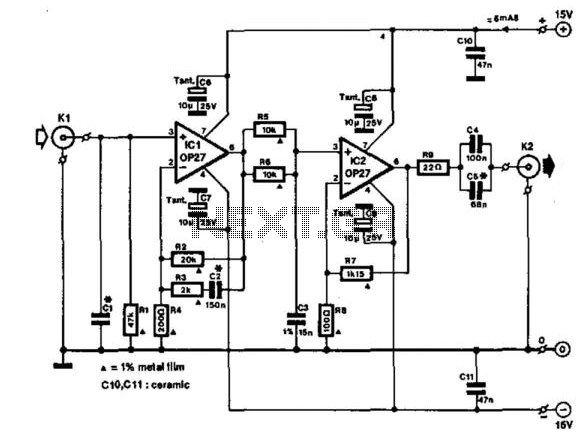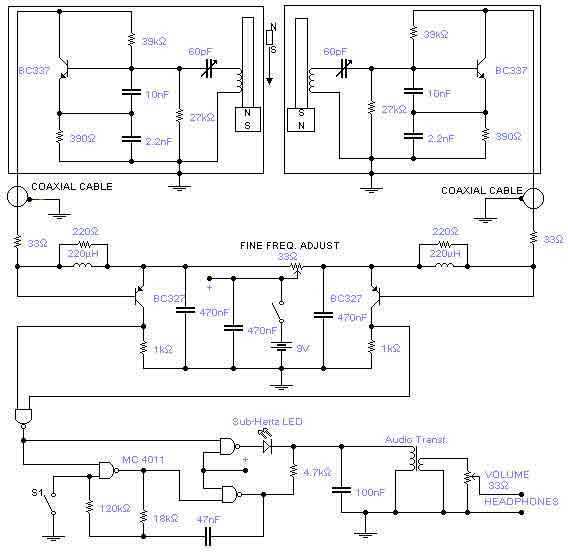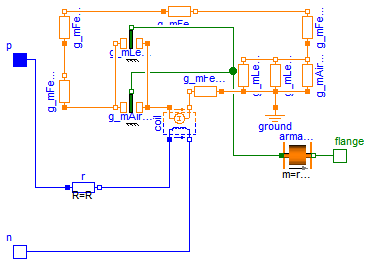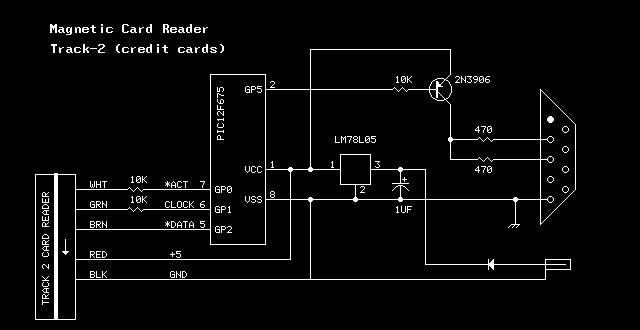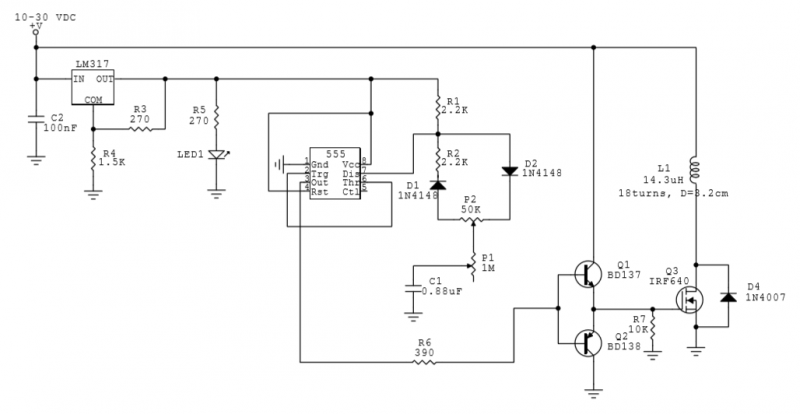
magnetic tampering
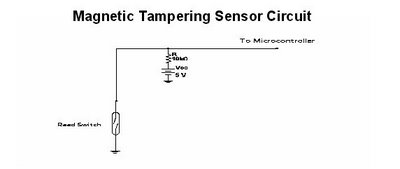
The magnetic tampering technique involves bringing a high-powered magnet close to a domestic electricity meter, causing the disc within the meter to stop rotating. The circuit designed for detecting this magnetic tampering includes a critical component known as the Reed switch. This switch comprises two magnetizable and electrically conductive reeds, which are separated by a small gap when the switch is open. These reeds are hermetically sealed within a tubular glass envelope. When a high-power magnet is applied to the electricity meter, the rotor disc is subjected to a strong magnetic field. This leads to the creation of an opposing magnetic field that significantly slows down or completely halts the rotation of the rotor. Consequently, the electricity meter is manipulated, allowing power to be consumed without payment. By integrating a Reed switch with the electricity meter and connecting it to a microcontroller, magnetic tampering can be effectively detected. When a high-powered magnet approaches the electricity meter, the two leads of the Reed switch come into contact, closing the circuit and allowing the microcontroller to detect the signal. This detection triggers the microcontroller to relay the information to an LCD unit and a GSM modem.
The circuit for magnetic tampering detection is built around the functionality of the Reed switch, which serves as an essential sensor. When the switch is in its open state, the gap between the reeds prevents current flow. However, the introduction of a high-powered magnet induces a magnetic field that attracts the reeds, closing the circuit and allowing current to flow. This change in state can be monitored by a microcontroller, which processes the input signal from the Reed switch.
The microcontroller is programmed to recognize the specific conditions of the Reed switch's state change, indicating potential tampering. Upon detection, the microcontroller can activate an alarm system or notify users through an LCD display, providing immediate feedback regarding the tampering event. Additionally, the integration of a GSM modem allows for remote notifications, sending alerts to designated mobile devices or systems, thereby enhancing the security of the electricity meter.
The entire system is powered by the electricity meter itself, ensuring that it remains operational even in the event of a power outage. The design must account for the placement of the Reed switch to maximize sensitivity to magnetic fields while minimizing false positives from ambient magnetic interference. Proper calibration and testing of the microcontroller's response to the Reed switch signal are essential to ensure reliable tampering detection.
In summary, the magnetic tampering detection circuit utilizes a Reed switch in conjunction with a microcontroller to monitor for unauthorized manipulation of domestic electricity meters. The system's ability to detect and report tampering enhances the security and integrity of electricity consumption monitoring.Magnetic tampering technique is done by bringing a high powered magnet in close proximity of the domestic electricity meter. When this is done, the disc stops rotating. The circuit for the magnetic tampering detection circuit is as shown above. The vital component used in the occurrence of the magnetic tampering technique in the domestic electricity meter is the Reed
switch. The reed switch contains two magnetizable and electrically conductive reeds which have end portions separated by a small gap when the switch is open. The reeds are hermetically sealed in opposite ends of a tubular glass envelope. In the magnetic tampering technique, a high power magnet is brought in contact with the electricity meter.
When this happens, the rotor disc is exposed to a high magnetic field. Then the resultant opposing magnetic field to the rotor is highly increased leading to slowing down of rotor or perfect stopping of the disc rotation. The electricity meter is thus manipulated and ultimately power is consumed without being paid for. Now when a reed switch is placed on the electricity meter and is connected to the micro controller, the magnetic tampering can be effectively identified.
When a high power magnet is bought in proximity of the electricity meter in the presence of the Reed switch two leads come in contact with each other and result in the closed circuit thereby helping in detection of the signal by the micro controller. Thus the tampering is detected and the micro controller receives the information, which it passes on to the LCD unit and the GSM modem.
🔗 External reference
The circuit for magnetic tampering detection is built around the functionality of the Reed switch, which serves as an essential sensor. When the switch is in its open state, the gap between the reeds prevents current flow. However, the introduction of a high-powered magnet induces a magnetic field that attracts the reeds, closing the circuit and allowing current to flow. This change in state can be monitored by a microcontroller, which processes the input signal from the Reed switch.
The microcontroller is programmed to recognize the specific conditions of the Reed switch's state change, indicating potential tampering. Upon detection, the microcontroller can activate an alarm system or notify users through an LCD display, providing immediate feedback regarding the tampering event. Additionally, the integration of a GSM modem allows for remote notifications, sending alerts to designated mobile devices or systems, thereby enhancing the security of the electricity meter.
The entire system is powered by the electricity meter itself, ensuring that it remains operational even in the event of a power outage. The design must account for the placement of the Reed switch to maximize sensitivity to magnetic fields while minimizing false positives from ambient magnetic interference. Proper calibration and testing of the microcontroller's response to the Reed switch signal are essential to ensure reliable tampering detection.
In summary, the magnetic tampering detection circuit utilizes a Reed switch in conjunction with a microcontroller to monitor for unauthorized manipulation of domestic electricity meters. The system's ability to detect and report tampering enhances the security and integrity of electricity consumption monitoring.Magnetic tampering technique is done by bringing a high powered magnet in close proximity of the domestic electricity meter. When this is done, the disc stops rotating. The circuit for the magnetic tampering detection circuit is as shown above. The vital component used in the occurrence of the magnetic tampering technique in the domestic electricity meter is the Reed
switch. The reed switch contains two magnetizable and electrically conductive reeds which have end portions separated by a small gap when the switch is open. The reeds are hermetically sealed in opposite ends of a tubular glass envelope. In the magnetic tampering technique, a high power magnet is brought in contact with the electricity meter.
When this happens, the rotor disc is exposed to a high magnetic field. Then the resultant opposing magnetic field to the rotor is highly increased leading to slowing down of rotor or perfect stopping of the disc rotation. The electricity meter is thus manipulated and ultimately power is consumed without being paid for. Now when a reed switch is placed on the electricity meter and is connected to the micro controller, the magnetic tampering can be effectively identified.
When a high power magnet is bought in proximity of the electricity meter in the presence of the Reed switch two leads come in contact with each other and result in the closed circuit thereby helping in detection of the signal by the micro controller. Thus the tampering is detected and the micro controller receives the information, which it passes on to the LCD unit and the GSM modem.
🔗 External reference
